What Does Quail Taste Like? A Small Bird With Big Flavor
Quail, a petite game bird, has intrigued food enthusiasts for generations with its unique culinary profile.
Small yet packed with potential, these delicate birds offer more than meets the eye for adventurous eaters.
Game meat lovers often seek out quail as a gourmet alternative to more common poultry options.
Professional chefs appreciate the bird's versatility in various cooking techniques and flavor combinations.
Unlike standard chicken, quail brings a distinctive eating experience that can surprise and delight even seasoned food connoisseurs.
Its reputation in haute cuisine circles makes it an interesting protein worth understanding.
Your next culinary adventure might just include this remarkable little bird that promises to tantalize taste buds in unexpected ways.
What Is Quail?
Quails stand out with their special head plume of six feathers, making them different from other bird species.
Hunters have long valued these small birds for their eggs and meat, despite their tiny size.
Small seeds, grains, and insects form the main diet of these little feathered creatures.
Sadly, too much hunting has nearly destroyed quail populations in some global regions.
Ground-based quails sport light feathers and can fly only brief moments at a time.
Their wingspan stretches between 32 to 35 centimeters, with scale-like feather patterns and colors that change across different species.
Female quails can produce 10 to 20 eggs in a single batch.
Quails eat almost everything but prefer plant-based foods, which make up 90% of their diet.
These petite birds are so small that one quail typically cannot provide a full meal when cooked.
Flavor of Quail Meat
Ground-dwelling birds like quail and chicken share taste similarities.
Yet, quail packs more flavor and softness compared to chicken.
Quail meat tastes like a mix between duck and chicken.
Farm-raised quails typically taste closer to chicken because of their diet and living conditions.
Quail bones are so small and delicate that people can actually eat them.
Quail eggs count as a special treat in many food circles.
People quickly recognize these eggs by their unique black speckled shells.
What Do Quail Eggs Taste Like?
Sure, they're known for their quail eggs!
What makes these tiny eggs special?
Regions in Asia, Europe, and America see quail eggs as something extra special.
Their small size sets them apart from other egg types.
Spotted shells with irregular black marks make them stand out.
Quail eggs share similarities with chicken eggs, but pack more flavor and have a smoother yolk.
People describe their basic taste as quite ordinary.
Someone who hasn't eaten them might be shocked to find they taste just like a standard boiled egg.
Texture of Quail Meat
Quail meat feels just like chicken or duck with its matching taste.
Cooks can work with quail by roasting, grilling, broiling, or cooking it in a pan.
Temperature choices will change how soft or firm the meat becomes when served.
Quail meat comes out soft and packed with moisture.
Similar to other birds, quail meat depends on what they eat.
Quails raised on farms have meat that feels close to chicken since their diet is carefully watched.
Wild quails who wander and eat plants and fruits end up with more delicious meat.
Best Methods for Preparing Quail
Quail is a small bird that’s tender and full of flavor, making it a great choice for special meals or easy home dinners.
Here are the best methods for preparing quail:
Is Quail a Good Chicken Alternative?
Quail packs more protein, less fat, and fewer calories compared to chicken.
Cooking quail takes just minutes, which helps keep the meat juicy and tender.
Health-conscious people often choose quail over chicken for weight management.
One quail serving delivers 70 grams of protein, keeping hunger away all day long.
Chicken offers only 45 grams per same-sized portion and comes with extra fat and cholesterol.
Quail contains less fat than chicken, though it still has cholesterol.
Careful cooking prevents quail from becoming dry and tasteless.
Small quail birds cook similarly to chicken.
Their tiny bones make them perfect for snack-time or movie munching.
Popularity of quail has increased, with some people now raising these birds specifically for meat.
Multiple breeds and sizes exist, allowing people to select their preferred taste.
Quail provides numerous benefits as a chicken alternative.
Its smaller size compensates through higher protein, lower calories, and reduced fat content.
Is Quail Meat Light or Dark?
Quail is a tiny bird with soft meat people sometimes mix up with white meat instead of dark meat.
You can enjoy it as a starter or main course.
Packed with good stuff, quail offers low fat, high protein, and helpful vitamins like niacin, thiamine, and vitamin B-6.
Minerals such as zinc and iron make this bird a smart choice for people watching their weight.
Dietary fiber in quail helps move food through your body smoothly from start to finish.
Many people wonder about quail meat since its preparation looks similar to chicken or turkey, but its nutritional makeup differs.
Key differences between dark and white meat come down to myoglobin amounts.
Myoglobin works like an oxygen carrier in muscles, moving oxygen from lungs to metabolic organs.
Dark meats have more myoglobin compared to light meats.
Cooking methods and fat content matter too, but myoglobin plays a crucial role in meat color differences.
White meat comes from bird wing and chest muscles, which makes it more tender.
Dark meat originates from leg and thigh muscles.
These darker sections have more connective tissue, creating stronger muscle fibers and deeper flavor due to higher nutrient concentrations like myoglobin.
Is Quail a Healthy Choice?
Quail meat stands out as a superior choice when compared to chicken or duck meat. It packs more amino acids, minerals, and vitamins than its poultry counterparts.
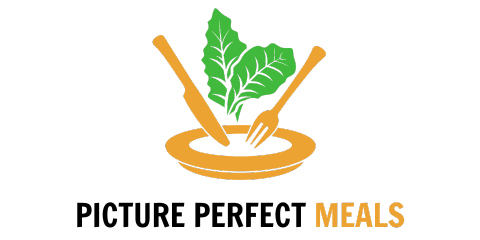
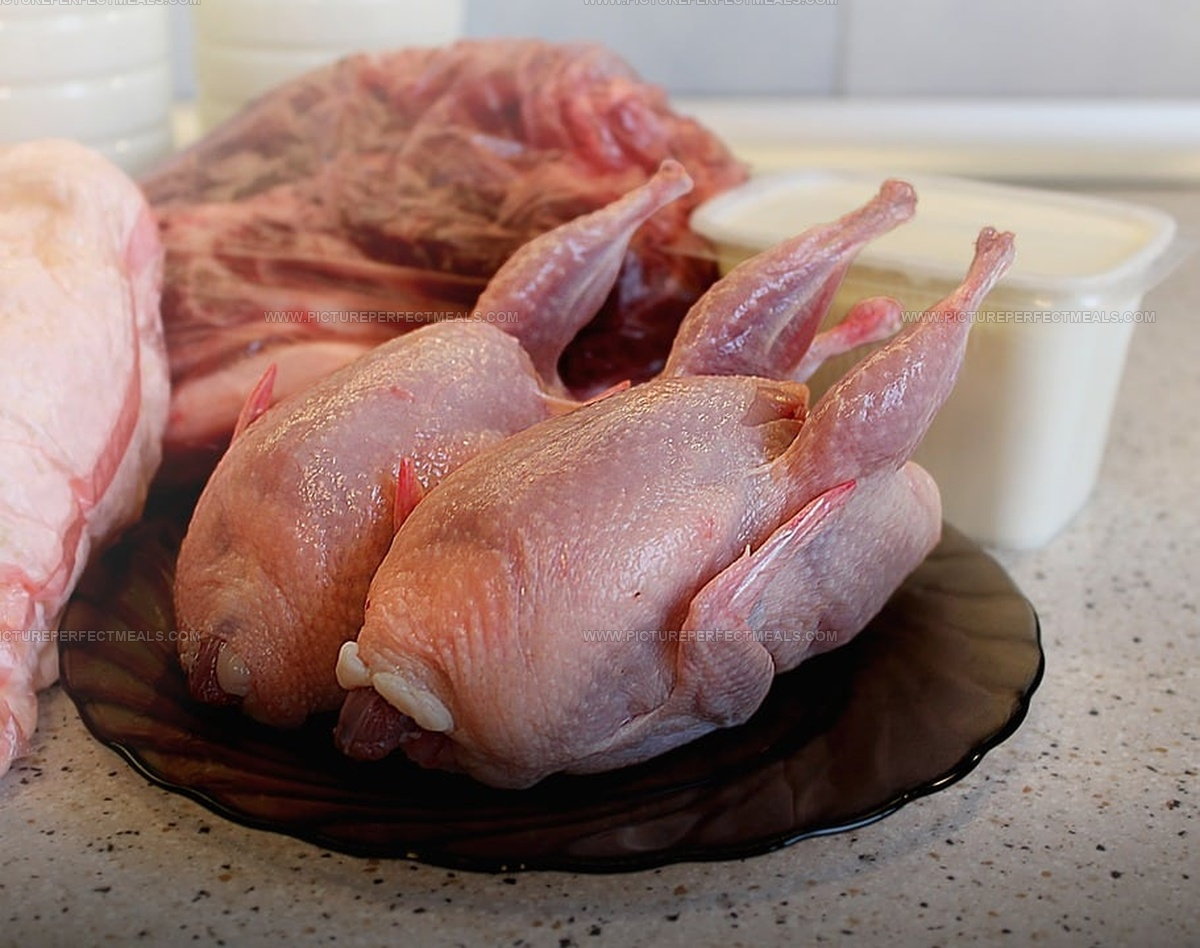
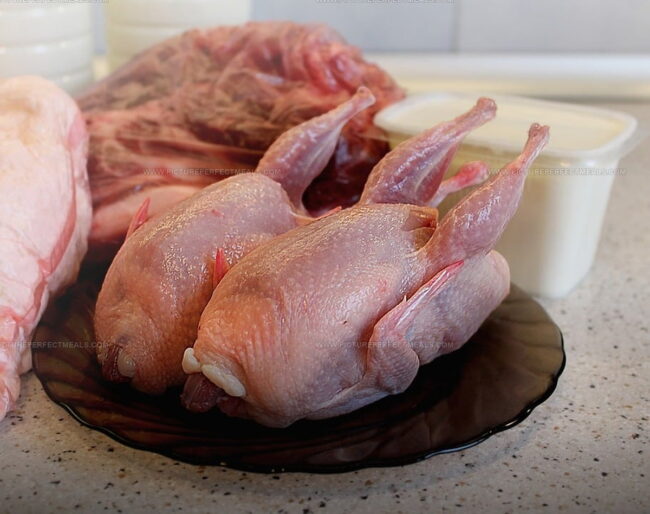
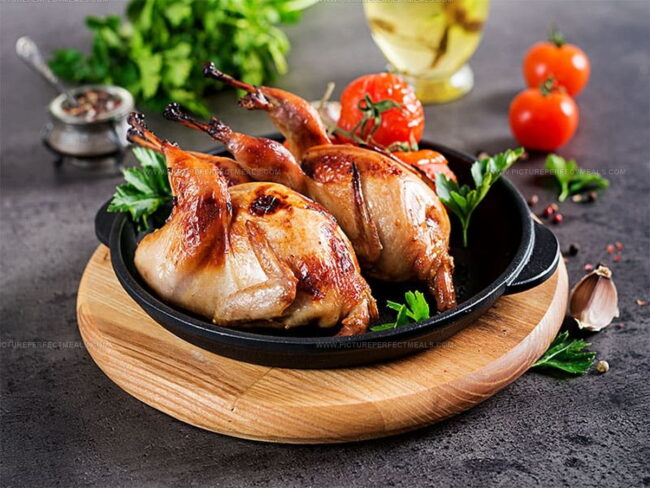
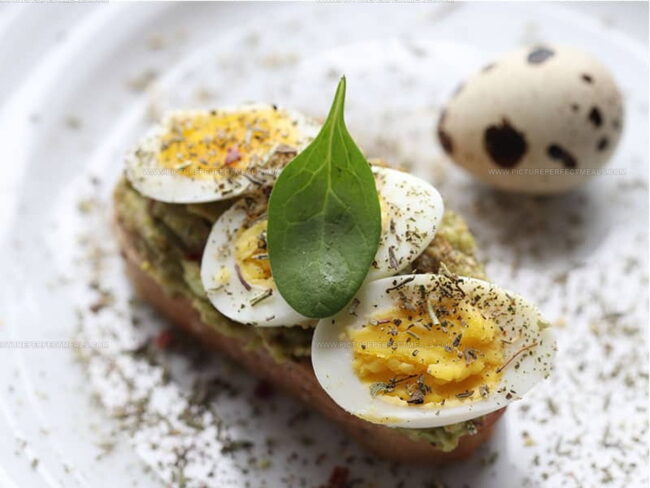
Jenna Hartley
Founder & Recipe Creator
Expertise
Education
Box Hill Institute, Melbourne
William Angliss Institute, Melbourne
Jenna is the heart of Picture Perfect Meals, turning simple ingredients into beautiful, easy‑to‑make dishes.
Growing up around family meals in Melbourne, she trained at Box Hill Institute and then perfected her pastry skills at William Angliss Institute. She loves mixing classic Australian flavors with fresh ideas to keep cooking fun and stress‑free.